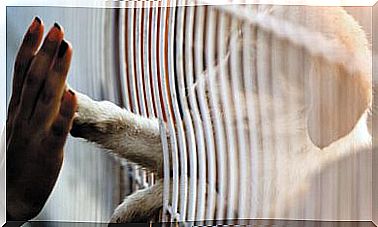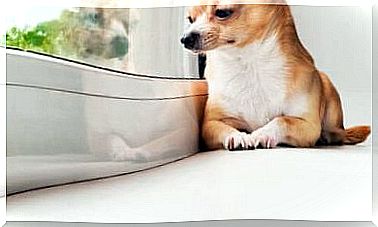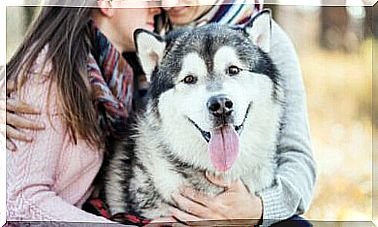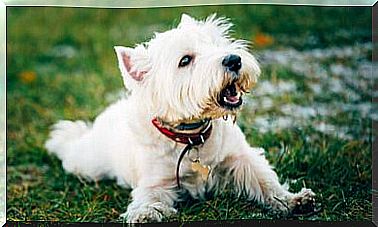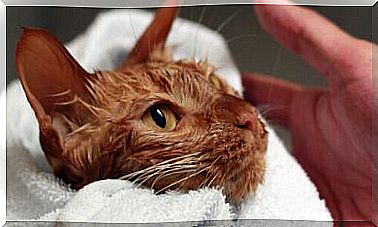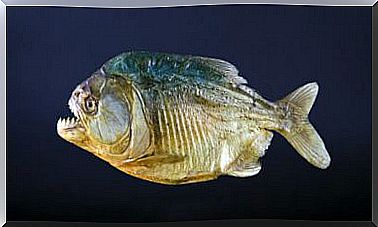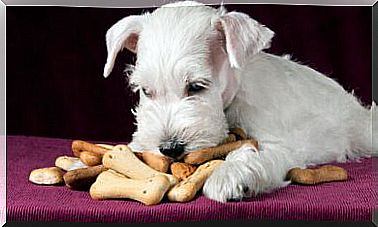How To Teach A Dog To Pee
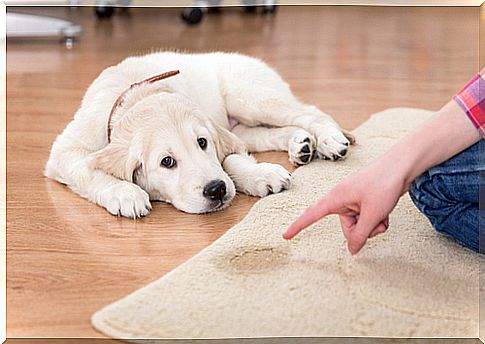
Surely one of the things that most drives dog owners crazy is teaching them where to pee. This, more than in learning, consists in the repetition of exercises, until it becomes a habit. So, below are some strategies that can help you teach your dog to pee.
Contrary to popular belief, dogs are very clean animals and for this reason they prefer to find places to relieve themselves away from the place where they feed or sleep. This principle is the basis of this type of training, so you will need to find a place where your dog can pee or defecate, without it being unpleasant for him or you.
Most owners prefer their dog to do his business outside the house. However, this will not always be useful for the animal, which will have to resist the temptation to do so, until the owner returns home or until it is time to go for a walk, causing damage, over time, to its health.
Unfortunately, the misunderstandings generated by poor training and bad habits in the care of dogs, trigger abandonment or physical punishment.
Teaching a dog to pee: cleaning thoroughly
The first thing you need to do before bringing a new puppy or adult dog into the house will be to do a thorough cleaning to eliminate any traces of urine that may be left somewhere, in this way you will avoid the need for a marking in your home. Use products like white soap and hot water, but remember not to use any products containing chlorine or ammonia, dogs feel attracted to and often pee where they smell these products.
Indicate the place to pee
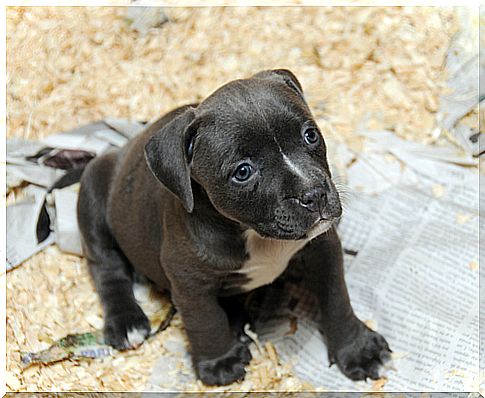
Select an easily accessible place away from where you eat; if you have a courtyard, this is the place to be. Wet a sheet of newspaper with a little dog pee and leave it in the place you have chosen, cover the sheet with other clean ones and let the dog sniff them and, above all, become familiar with the consistency of the material (this it will be essential if your dog has to go to the toilet in a closed place).
You have to change the newspapers every day, because dogs don’t like to do their business in unclean places. Don’t stop putting the papers in for a couple of weeks.
Don’t use physical punishment
Do not punish or beat him when he fails, this will only cause him to hide to go to the bathroom or inhibit this need in your presence. If you find out, the best thing you can do is to say, in a strong and firm tone, “No” !, and take it where it needs to.
Set limits
While your dog is being trained, it is best to set boundaries. Use doors or gates to block access to certain areas where you don’t want him to do his business. This is only a temporary measure which, however inconvenient it may be, turns out to be necessary.
Watch their signals

This is very important, it is easier to identify in puppies than in adult dogs, but you will need to observe their body language. So interpret their signals. If some time after eating you notice that he sniffs or begins to assume the typical position for defecating, immediately take him to the place where he needs to relieve himself.
Knowing her schedule will help you determine more precisely when she needs to go to the bathroom. Usually a dog will need to go to the bathroom when he wakes up, right after eating, running, exercising or playing, and before going to sleep. These are the moments of greatest risk and to which you will have to pay attention to avoid accidents.
Timetables
To better control your dog’s digestive processes, it will be better to have a defined meal time, as well as a time for walks. In this way, your pet’s organism will get used to regulating itself at certain set times, avoiding the urge to go to the toilet in an uncontrollable way.
Setting schedules will also positively affect his digestive system and, in this way, it will be much easier for you to train him.
Reward him
Finally, don’t forget to tell him you were good and reward him for doing his business where he needed to.
